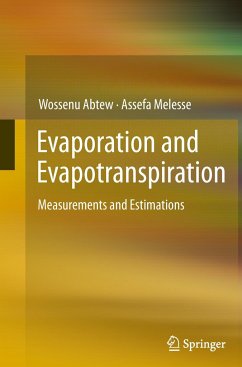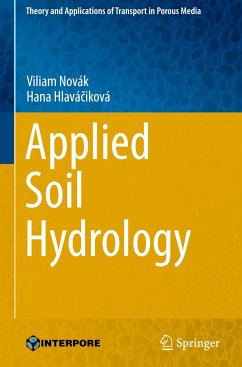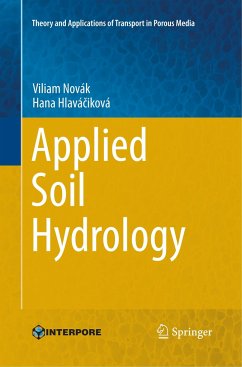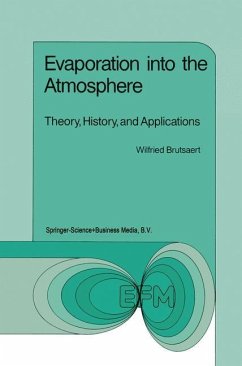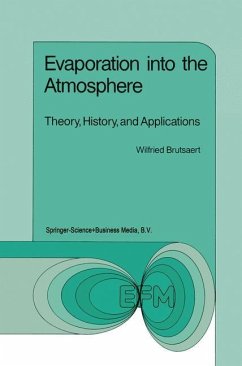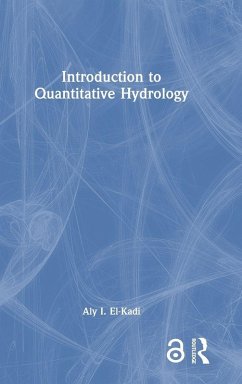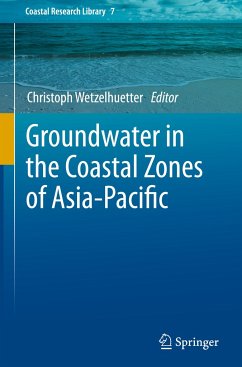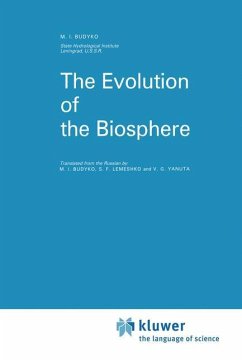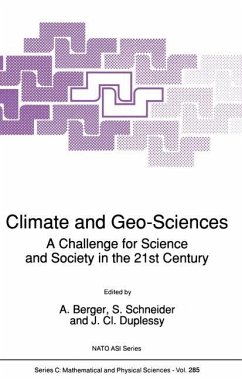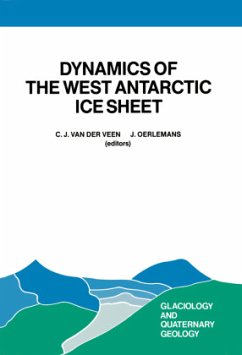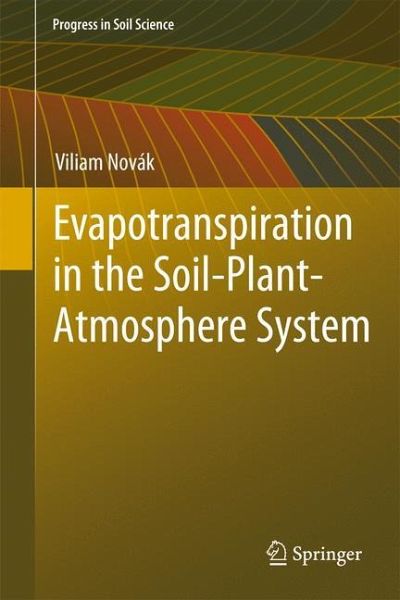
Evapotranspiration in the Soil-Plant-Atmosphere System
Versandkostenfrei!
Versandfertig in 1-2 Wochen
77,99 €
inkl. MwSt.
Weitere Ausgaben:

PAYBACK Punkte
39 °P sammeln!
Evapotranspiration and its components (evaporation and transpiration) as a process is one of the basic terms of Earth's water balance; its importance is accented by the fact that transpiration is the vital element of the biomass production process. The second important property of evapotranspiration is its extreme consumption of solar energy, thus controlling the temperature of the atmosphere and creating favourable conditions for life. Evapotranspiration as an energy consuming process is also the connection between the energy and mass cycles of the Earth. Evapotranspiration is a process perfo...
Evapotranspiration and its components (evaporation and transpiration) as a process is one of the basic terms of Earth's water balance; its importance is accented by the fact that transpiration is the vital element of the biomass production process. The second important property of evapotranspiration is its extreme consumption of solar energy, thus controlling the temperature of the atmosphere and creating favourable conditions for life. Evapotranspiration as an energy consuming process is also the connection between the energy and mass cycles of the Earth. Evapotranspiration is a process performing in the Soil-Plant -Atmosphere System (SPAS); therefore this book is presenting and quantifying it as a catenary process, describing transport of water in the soil, including root extraction patterns and methods of its evaluation. Transport of water through the plant and from the canopy to the atmosphere is also described and quantified. A variety of evapotranspiration (and its componentsevaporation and transpiration) calculation methods are described, starting from empirical methods up to the most sophisticated ones based on the solution of the transport equations of water and energy in the SPAS. The most important (and widely used) calculation method - modified Penman-Monteith method is described in details, ready to be used with data in the book only. Water balance method of evapotranspiration estimation as well as sap flow method description can be found in the book as well. The book can be used by hydrologists, biologists, meteorologists and other specialists as well as by ecology students.
Key themes: soil hydrology - evapotranspiration - hydropedology- plant physiology - water movement in soils - evaporation - transpiration
Dr. Viliam Novák is a water resources scientist at the Institute of Hydrology of the Slovak Academy of Sciences in Bratislava (Slovakia).
Key themes: soil hydrology - evapotranspiration - hydropedology- plant physiology - water movement in soils - evaporation - transpiration
Dr. Viliam Novák is a water resources scientist at the Institute of Hydrology of the Slovak Academy of Sciences in Bratislava (Slovakia).





